Exploring Brazilian Jiu Jitsu Theory and Technique
Table of Contents
- Introduction to Brazilian Jiu Jitsu Theory and Technique
- Understanding the Fundamentals of Brazilian Jiu Jitsu
- The Importance of Technique in Brazilian Jiu Jitsu
- Key Concepts and Principles in Brazilian Jiu Jitsu Theory
- Exploring Advanced Techniques in Brazilian Jiu Jitsu
- Applying Brazilian Jiu Jitsu Theory to Real-Life Situations
- Common Mistakes to Avoid in Brazilian Jiu Jitsu Practice
- Tips for Improving Your Brazilian Jiu Jitsu Technique
- The Evolution of Brazilian Jiu Jitsu Theory and Technique
- Conclusion: Embracing the Art of Brazilian Jiu Jitsu
1.Introduction to Brazilian Jiu Jitsu Theory and Technique
Brazilian Jiu Jitsu (BJJ) is a martial art that emphasizes grappling and ground fighting techniques. Its origins trace back to Japanese Jiu Jitsu, but it was adapted and developed in Brazil by the Gracie family. BJJ focuses on using leverage and technique to overcome larger and stronger opponents, making it suitable for people of all sizes and genders. In this comprehensive guide, we will explore the theory and techniques behind Brazilian Jiu Jitsu, from its fundamental principles to advanced strategies.
2.Understanding the Fundamentals of Brazilian Jiu Jitsu
At the core of Brazilian Jiu Jitsu theory are fundamental principles such as leverage, weight distribution, and body mechanics. These principles form the basis of BJJ techniques, allowing practitioners to control and submit their opponents effectively. Understanding the fundamentals is crucial for beginners as they lay the groundwork for more advanced techniques and strategies.
3. The Importance of Technique in Brazilian Jiu Jitsu
In Brazilian Jiu Jitsu, technique reigns supreme. Unlike other martial arts that rely heavily on strength and speed, BJJ emphasizes the importance of leverage and precision. Proper technique allows practitioners to conserve energy and overcome opponents who may be physically stronger. Therefore, mastering the intricacies of technique is essential for success in BJJ.
4. Key Concepts and Principles in Brazilian Jiu Jitsu Theory
BJJ theory encompasses various key concepts and principles that govern its techniques and strategies. These include positional hierarchy, control points, and the concept of “flow” in transitions. Understanding these concepts provides practitioners with a framework for executing techniques effectively and adapting to different situations during sparring or competition.
5. Exploring Advanced Techniques in Brazilian Jiu Jitsu
As practitioners progress in their BJJ journey, they delve into more advanced techniques and strategies. This includes sweeps, submissions, and intricate transitions between positions. Advanced techniques require a deeper understanding of BJJ theory and extensive practice to execute them with precision and timing.
6. Applying Brazilian Jiu Jitsu Theory to Real-Life Situations
While BJJ is primarily a sport and martial art, its principles and techniques have practical applications in real-life self-defense scenarios. The ability to control an opponent, neutralize threats, and subdue attackers without causing harm makes BJJ an effective self-defense system. Training in BJJ theory and technique prepares individuals to handle potentially dangerous situations with confidence and composure.
7. Common Mistakes to Avoid in Brazilian Jiu Jitsu Practice
In the pursuit of mastering Brazilian Jiu Jitsu, practitioners may encounter common pitfalls and mistakes that hinder their progress. These include neglecting fundamentals, relying too much on strength, and failing to adapt to different opponents. By identifying and addressing these mistakes, practitioners can accelerate their growth and development in BJJ.
8. Tips for Improving Your Brazilian Jiu Jitsu Technique
Continuous improvement is key in Brazilian Jiu Jitsu, and there are several strategies to enhance your technique on the mats. Consistent training, focused drilling, and seeking feedback from instructors and training partners are essential for refining your skills. Additionally, studying instructional materials and attending seminars can provide valuable insights and perspectives to elevate your BJJ game.
9. The Evolution of Brazilian Jiu Jitsu Theory and Technique
Over the years, Brazilian Jiu Jitsu theory and technique have evolved and diversified, driven by innovation and experimentation. New techniques emerge, old ones are refined, and the art continues to evolve as practitioners push the boundaries of what is possible. Understanding the evolution of BJJ theory and technique offers valuable insights into its development and future trajectory.
To get more information about “how much are Brazilian Jiu-Jitsu classes,” you can check out this article: How much are Brazilian Jiu Jitsu classes. It provides insights into the average cost of BJJ classes and factors influencing pricing, helping prospective practitioners make informed decisions.
For Further information about “top Brazilian Jiu-Jitsu schools,” you can check out this article top Brazilian Jiu Jitsu schools. It highlights renowned BJJ academies known for their instructional quality, competitive achievements, and global presence.
For Further information about “Brazilian Jiu-Jitsu self-defense,” you can check out this article Brazilian Jiu Jitsu self defense. It explores the application of BJJ techniques in self-defense situations, highlighting its efficacy and practicality for personal protection.
10. Conclusion: Embracing the Art of Brazilian Jiu Jitsu
In conclusion, Brazilian Jiu Jitsu theory and technique form the foundation of this dynamic martial art. From its fundamental principles to advanced strategies, BJJ offers a comprehensive system for self-improvement and personal growth. By embracing the art of Brazilian Jiu Jitsu and dedicating oneself to continuous learning and practice, practitioners can unlock their full potential on and off the mats.
FAQs About Brazilian Jiu Jitsu Theory and Technique
Q1. What is Brazilian Jiu Jitsu theory?
A: Brazilian Jiu Jitsu theory encompasses the fundamental principles, concepts, and strategies that govern the martial art. It includes understanding leverage, weight distribution, positional hierarchy, and transitional flow.
Q2. Why is technique important in Brazilian Jiu Jitsu?
A: Technique is paramount in Brazilian Jiu Jitsu because it allows practitioners to overcome larger and stronger opponents using leverage and precision. Proper technique conserves energy and enables effective control and submission of opponents.
Q3. What are some common mistakes to avoid in Brazilian Jiu Jitsu practice?
A: Common mistakes in BJJ practice include neglecting fundamentals, relying too much on strength, failing to adapt to different opponents, and being impatient with progress. Avoiding these mistakes accelerates skill development.
Q4. How can I improve my Brazilian Jiu Jitsu technique?
A: Improving Brazilian Jiu Jitsu technique requires consistent training, focused drilling, seeking feedback from instructors and training partners, studying instructional materials, attending seminars, and maintaining an open mindset to learning.
Q5. Is Brazilian Jiu Jitsu effective for self-defense?
A: Yes, Brazilian Jiu Jitsu is highly effective for self-defense. Its focus on technique, leverage, and ground fighting allows practitioners to control and subdue opponents without relying solely on strength or striking.
Q6. What are some advanced techniques in Brazilian Jiu Jitsu?
A: Advanced techniques in BJJ include sweeps, submissions, intricate transitions between positions, and advanced guard passing strategies. Mastery of these techniques requires a deep understanding of BJJ theory and extensive practice.
Q7. How has Brazilian Jiu Jitsu theory and technique evolved over time?
A: Brazilian Jiu Jitsu theory and technique have evolved through innovation, experimentation, and competition. New techniques emerge, old ones are refined, and the art continues to evolve as practitioners push boundaries and adapt to new challenges.
Q8. What role does drilling play in mastering Brazilian Jiu Jitsu technique?
A: Drilling is essential in Brazilian Jiu Jitsu for ingraining muscle memory, refining movements, and developing timing and sensitivity. Regular drilling of techniques allows practitioners to execute them effectively in live sparring and competition.
Q9. How can I apply Brazilian Jiu Jitsu theory in sparring and competition?
A: Applying BJJ theory in sparring and competition involves understanding concepts such as positional hierarchy, control, and submission. Practitioners must adapt their techniques based on the situation, opponent’s movements, and strategic objectives.
Q10. Are there specific techniques for different body types in Brazilian Jiu Jitsu?
A: Yes, Brazilian Jiu Jitsu offers techniques tailored to different body types and physical attributes. For example, smaller practitioners may utilize speed and agility in their techniques, while larger practitioners may rely on pressure and leverage.
Q11. What are some resources for learning Brazilian Jiu Jitsu theory and technique?
A: Resources for learning BJJ theory and technique include instructional books, DVDs, online courses, seminars, and training camps. Additionally, attending classes at reputable BJJ academies and receiving instruction from experienced coaches is invaluable.
Q12. How can I prevent injuries while practicing Brazilian Jiu Jitsu techniques?
A: Preventing injuries in BJJ involves proper warm-up and stretching, listening to your body, tapping early during submissions, using controlled resistance during drilling, and practicing good hygiene and maintenance of equipment.
Q13. Is Brazilian Jiu Jitsu theory applicable outside of the gym?
A: Yes, BJJ theory is applicable outside of the gym in various aspects of life. Concepts such as problem-solving, adaptability, patience, and resilience learned through BJJ training can be applied to professional, personal, and social situations.

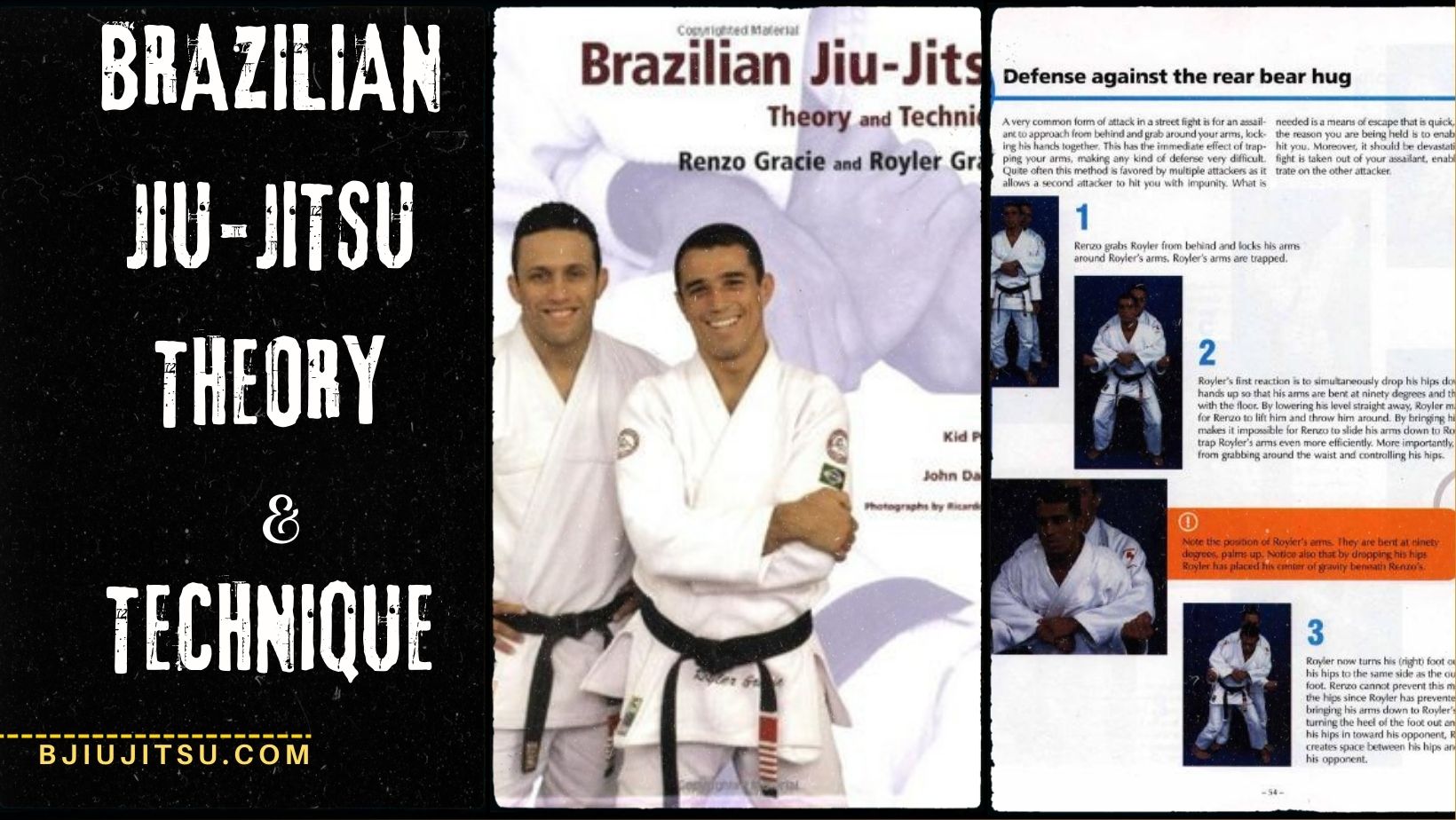
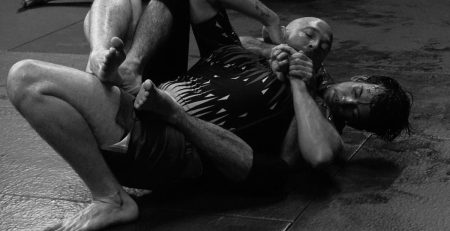
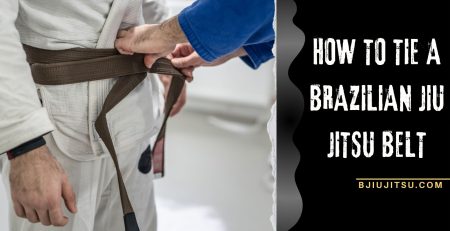


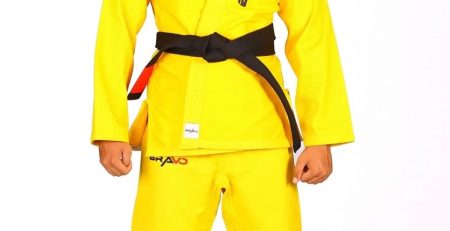


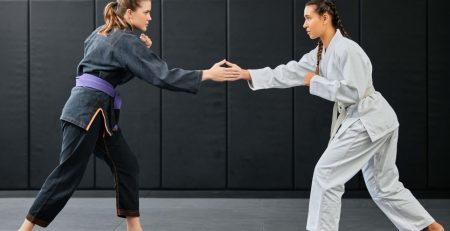

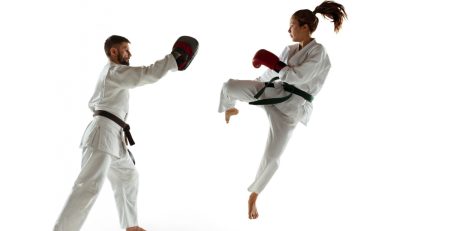

Leave a Reply
You must be logged in to post a comment.